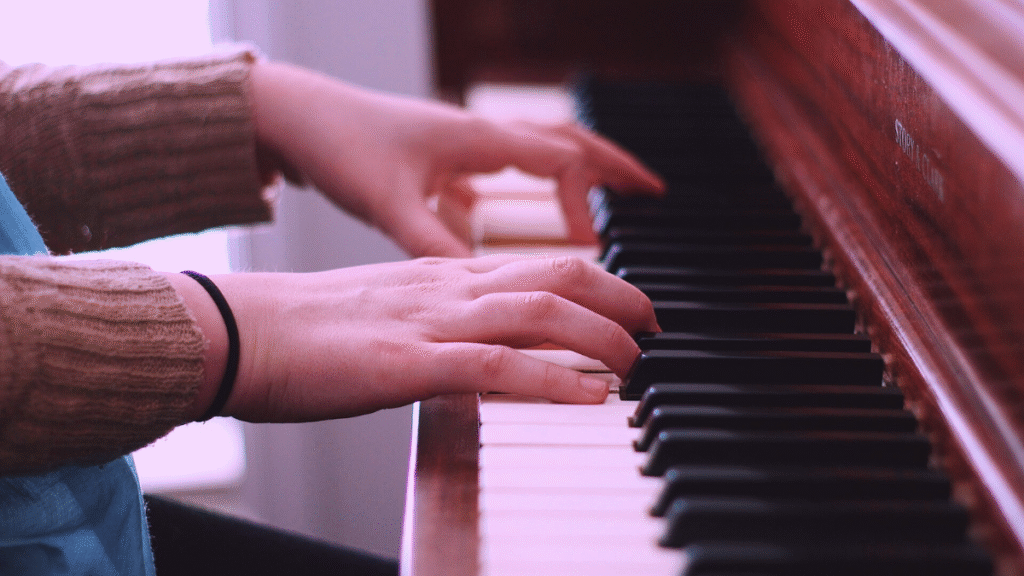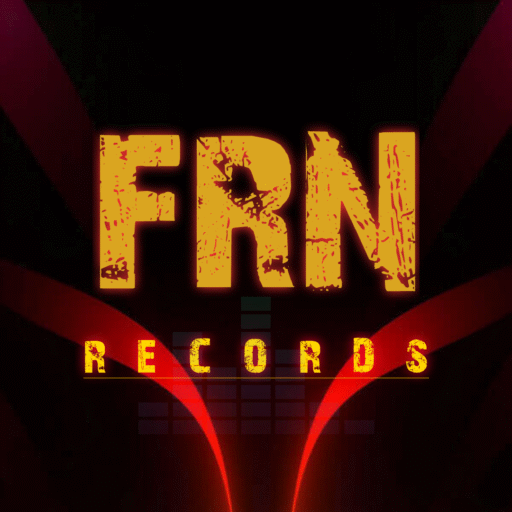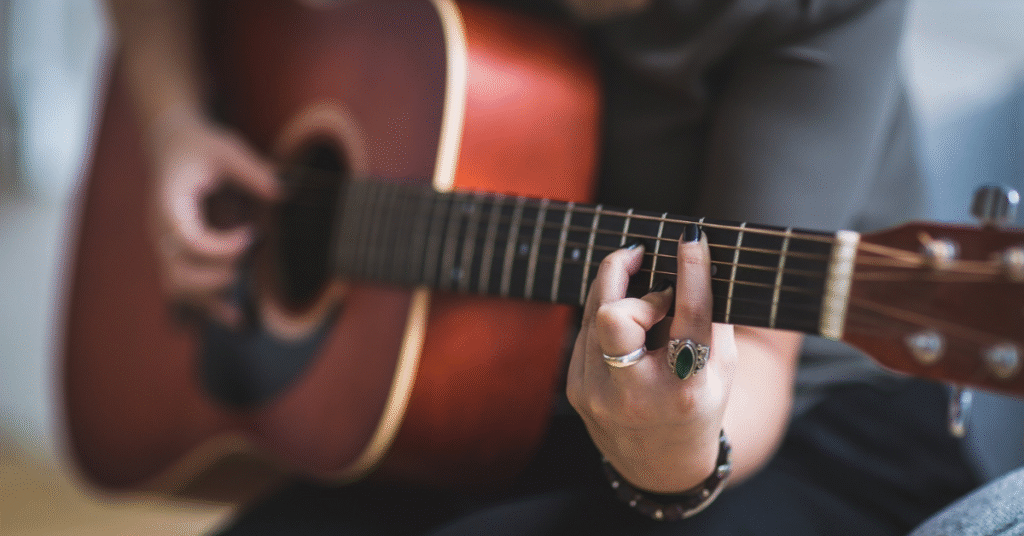Beginner Chords On Piano
Affiliate Disclosure
This post contains affiliate links. If you make a purchase through them, we may earn a small commission.
Learn beginner piano chords with our top picks: chord charts, beginner keyboards, and online lessons.
Make your practice more effective—start with tools designed for absolute beginners.

Learning piano as a beginner can be exciting and a little overwhelming. But one of the best ways to get started is by learning chords. Chords are the foundation of most songs, and once you know a few basic ones, you can start playing your favorite music right away.
In this guide, we’ll explain how to play the easiest and most essential beginner chords on piano, and tips for practicing them effectively.
What Are Piano Chords?
A chord is a group of notes played together. On the piano, a chord typically consists of three or more notes. Most beginner chords are triads, meaning they have three notes: the root, the third, and the fifth.
For example, the C Major chord consists of the notes C (root), E (third), and G (fifth).
Why Learn Chords First?
Chords are used in almost every song — from pop and rock to gospel and jazz.
They help you play accompaniment while singing or playing with others.
Once you know a few chords, you can play hundreds of songs with just a few shapes.
Most Common Beginner Chords on Piano
Here are the most useful chords every beginner should know:
C Major (C)
- Notes: C – E – G
- One of the easiest chords with only white keys.
G Major (G)
- Notes: G – B – D
- Common in pop and worship songs.
F Major (F)
- Notes: F – A – C
- Very similar in shape to C major.
A Minor (Am)
- Notes: A – C – E
- First minor chord to learn — sounds emotional and soft.
D Minor (Dm)
- Notes: D – F – A
- Another minor chord often used in slow or mellow songs.
E Minor (Em)
- Notes: E – G – B
- A great chord for beginners and useful in many rock songs.
How to Play These Chords
Hand Position
- Keep your fingers curved and relaxed.
- Use fingers 1 (thumb), 3 (middle), and 5 (pinky) for triads.
Fingering Example for C Major:
- Thumb on C
- Middle finger on E
- Pinky on G
Tip:
Practice slowly at first. Make sure all notes sound clean and even.
Tips for Practicing Piano Chords
- Start with one chord per day. Get comfortable with its shape.
- Use a metronome to develop timing.
- Switch between chords (e.g., C → G → Am → F) to build muscle memory.
- Play along with simple songs or backing tracks.
Easy Songs You Can Play With These Chords
Many popular songs use just 3 or 4 basic chords. Here are a few examples:
- “Let It Be” by The Beatles – C, G, Am, F
- “Someone Like You” by Adele – Am, F, C, G
- “With or Without You” by U2 – D, A, Bm, G (you can transpose to C, G, Am, F)
You can also check out free chord sheets on websites like Ultimate Guitar or Chordify.
FAQs
Q1: How many chords should I learn as a beginner?
Start with 6-8 major and minor chords. These are enough to play hundreds of songs.
Q2: How long does it take to get comfortable with chords?
With daily practice, most beginners feel confident in 2–4 weeks.
Q3: Do I need to read sheet music to play chords?
No. Chords can be played using chord charts or simple diagrams.
Q4: What’s the difference between major and minor chords?
Major chords sound happy and bright; minor chords sound sad or emotional.
Q5: Can I use a MIDI keyboard to practice chords?
Absolutely! Any piano or keyboard with full-size keys is great for learning chords.
Final Thoughts
Learning beginner chords on piano is one of the smartest ways to start your musical journey. With just a few chords under your fingers, you can play countless songs and even start writing your own music. Stay patient, practice daily, and most of all — enjoy the process!
Which chord did you learn first? Share your journey in the comments!
Need help with finger positions or chord transitions? Ask below!
Hi, I’m Nikhil Farenjiya, a music producer and professional singer with 10 years of experience. I share my knowledge and passion for music through writing to help aspiring artists grow. My blog is dedicated to inspiring and guiding music lovers on their creative journey.


